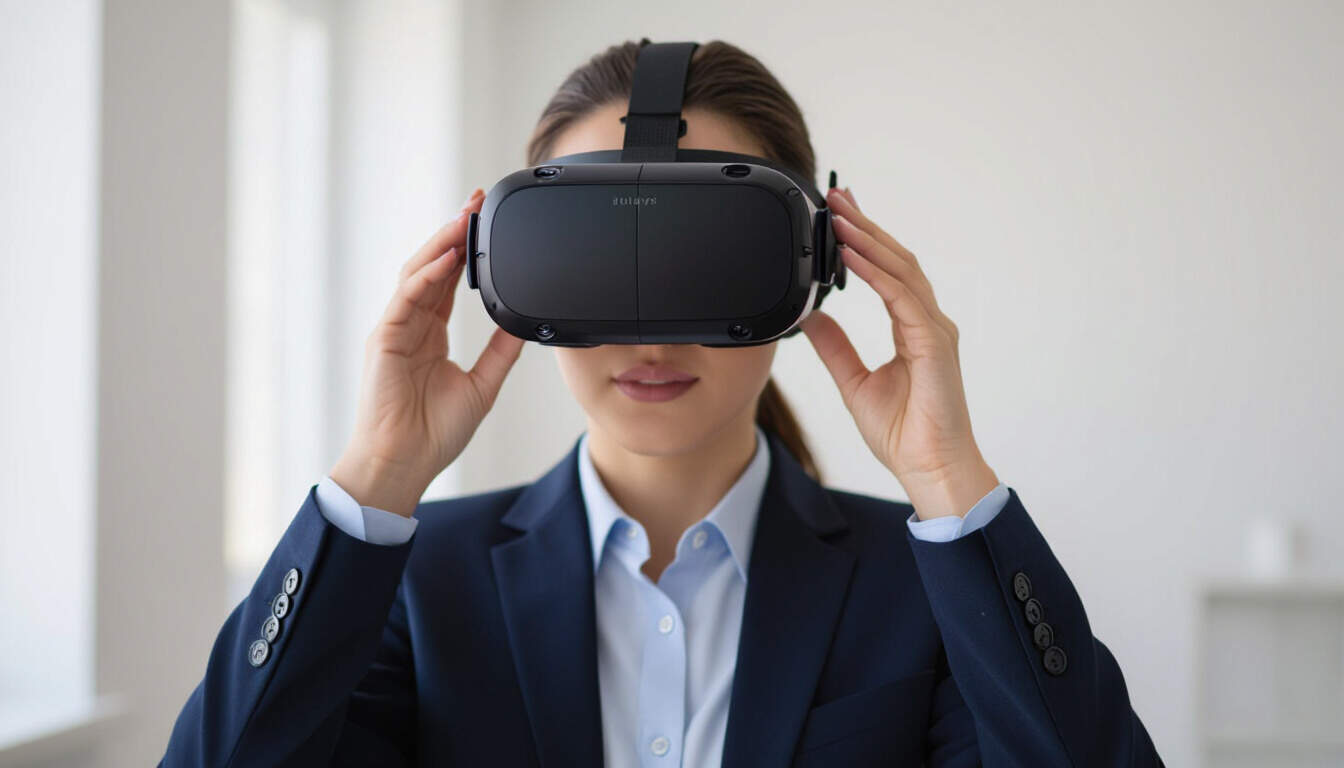Uses of Virtual Reality in Business
 by Lilian Nienow
by Lilian Nienow
Virtual reality offers innovative ways for businesses to enhance operations and engage customers. From training simulations to virtual showrooms, VR is transforming industries and providing new opportunities for entrepreneurs. Discover practical applications and success stories in this overview.

Virtual reality has emerged as a key tool for businesses seeking to innovate and improve efficiency. This technology allows companies to create immersive experiences that can simulate real-world scenarios. For instance, in manufacturing, virtual reality helps teams test product designs before production begins.
One major application is employee training. Businesses use VR to provide safe and controlled environments for learning. In healthcare, medical professionals practice procedures without risking patient safety. This approach saves time and resources while improving skill retention.
Another area is customer engagement. Retail companies employ VR to offer virtual try-ons and store tours. A fashion brand might let customers preview outfits in a digital space, increasing satisfaction and reducing return rates. Such strategies help build stronger brand loyalty.
In marketing, VR creates compelling campaigns that stand out. Events and product launches become interactive experiences. For example, a travel agency uses VR headsets to let potential clients explore destinations virtually. This method boosts interest and drives sales.
Success stories highlight the impact of VR on startups. Consider a small tech firm that developed VR software for real estate. By allowing buyers to tour properties remotely, they reduced the need for physical visits. This innovation led to rapid growth and attracted investors.
Benefits for Entrepreneurs
Starting a VR-related business requires careful planning. Entrepreneurs should focus on identifying market needs and developing user-friendly solutions. For new founders, partnering with VR hardware providers can ease entry into the field.
Cost considerations are important. Initial investments in VR equipment might seem high, but long-term savings are significant. A startup in education used VR modules to replace traditional classroom tools, cutting costs and reaching more students.
Adopting VR also fosters creativity. Business leaders can experiment with new ideas in a virtual space. An automotive company simulated crash tests using VR, speeding up the design process and ensuring safety standards.
Practical steps include researching target audiences and testing prototypes. Entrepreneurs often start with simple applications and scale up. For example, a food service business created VR training for staff, leading to better service and higher customer ratings.
Challenges and Solutions
While VR offers advantages, businesses face obstacles like technical issues. Software glitches can disrupt experiences, so regular updates are essential. Entrepreneurs must prioritize reliable systems to maintain user trust.
Accessibility is another factor. Not all customers have access to VR devices, so businesses should offer alternatives. A gaming company addressed this by providing mobile VR options, expanding their reach.
Overcoming these hurdles requires collaboration. Working with developers ensures smooth integration. Many startups find success by joining industry networks for support and resources.
Inspiration comes from real examples. A fitness startup used VR to create workout programs that motivate users. By tracking progress in a virtual environment, they helped individuals achieve goals more effectively.
Future Prospects
The potential for VR in business continues to grow. As technology advances, more applications will emerge. Entrepreneurs can explore areas like virtual meetings, which reduce travel needs and promote sustainability.
For aspiring founders, VR represents a pathway to innovation. By leveraging this tool, they can differentiate their ventures and attract talent. Stories of successful implementations serve as motivation for those entering the field.
In summary, virtual reality transforms how businesses operate and connect. Entrepreneurs who embrace this technology position themselves for future success. Through strategic use and continuous learning, they can turn ideas into thriving enterprises.
- Key uses include training, marketing, and customer engagement.
- Success often stems from addressing specific industry needs.
- Future growth depends on adaptability and innovation.
